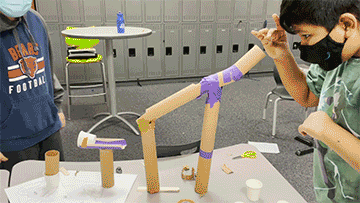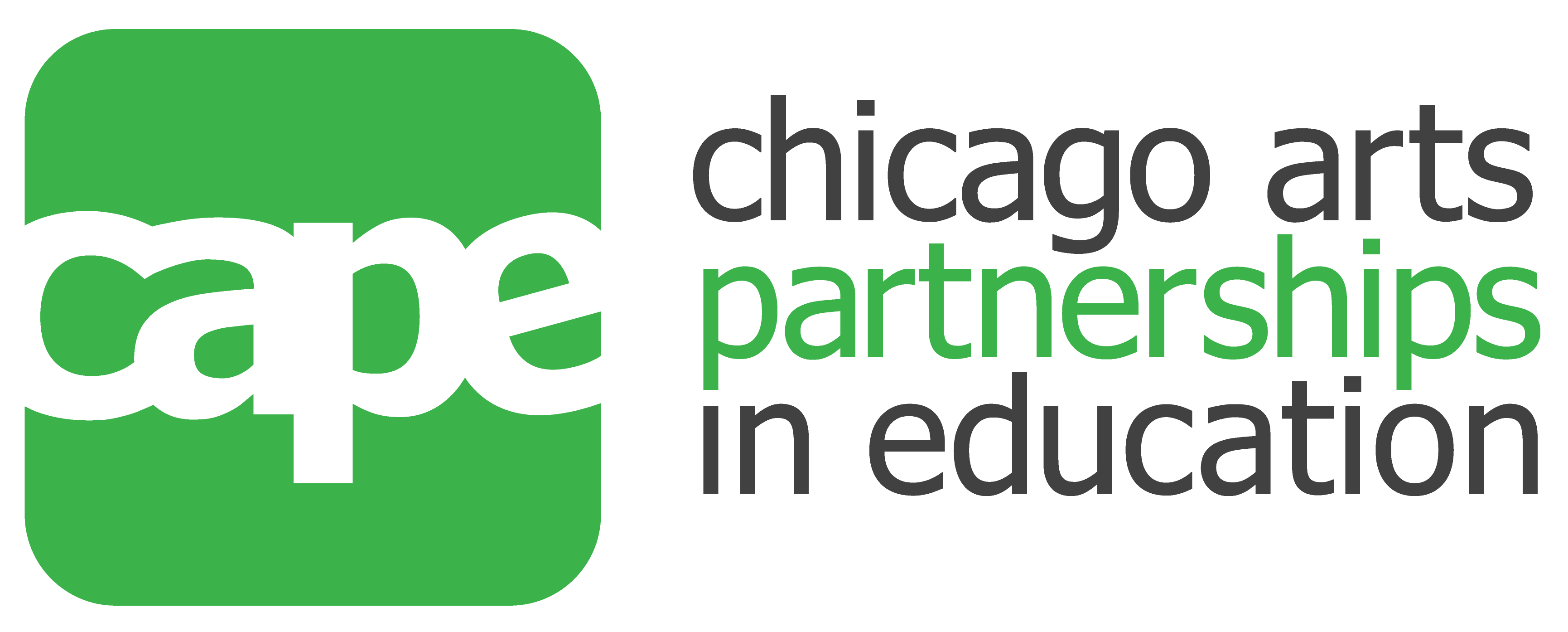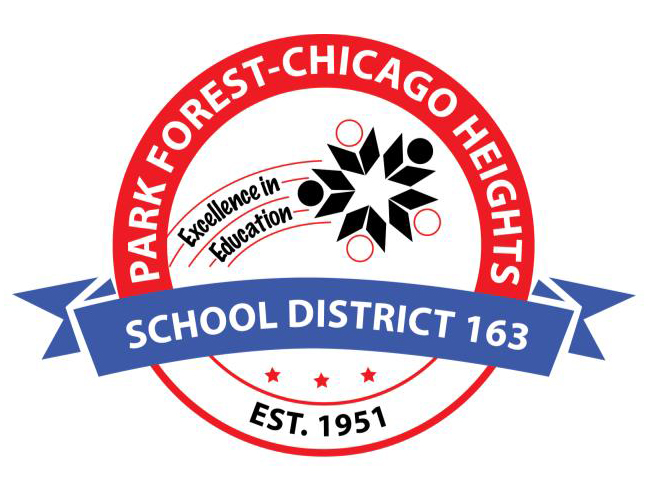Unit Outline
Kinetic Sculpture
This 15-lesson unit employs the concept of cause and effect to create two different types of sculptures. Students use the works of artists such as Alexander Calder, Theo Jansen, and Jean Tinguely to discover the art of moving sculptures, and are inspired to create their own kinetic sculpture. They are introduced to the works of Rube Goldberg and are challenged to design a kinetic sculpture that performs a simple task with many steps . Each sculptural activity provides students with an opportunity to reflect on their artistic, scientific, and engineering processes, and to share their work with others.
Grade Level Focus: 4th/ 5th Grade
School: Barack Obama School of Leadership and STEM
Teaching Artists: Niema Qureshi, Neal Vandenberg, Alana Ferguson, Michael Lopez
Classroom Teachers: Francesca Wessely, Paul Capps, Dorothy Jones, Anita Meskil, Chrissy O’Malley
Materials: large paper for group brainstorming, small paper for individual drawings, drawing utensils (pencil, crayon, marker, etc.)., cups, oil, water, food-coloring, alka-seltzer, paper, waterbased markers, oil pastels, watercolor paint, brushes, rulers, tape, scissors, clothes pins, classroom/ household/ found items, tape, small DC motors, batteries (1.5V-9V), markers, tape or other forms of adhesive, marbles, string
Lessons: 15

Sculptures That Move Lessons
Use these links to view sections of the unit plan.Lessons 1-7: Kinetic Sculptures
![]()

Lessons 8-15: Rube Goldberg Machines
![]()


